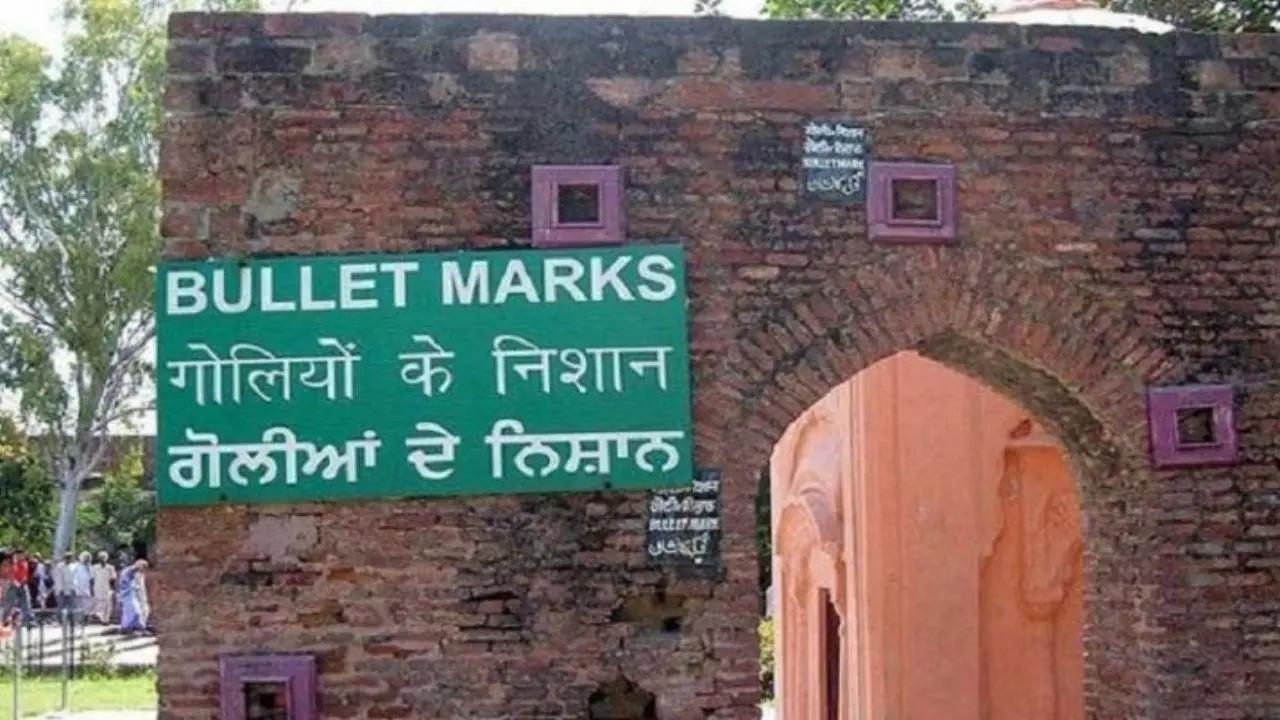Jallianwala Bagh massacre that took place on April 13, 1919, in Amritsar, Punjab marked a turning point in India’s struggle for independence

Jallianwala Bagh. File pic/PTI
Jallianwala Bagh massacre or Jallianwala Bagh 'hatyakand' that took place on April 13, 1919, in Amritsar, Punjab marking a turning point in India’s struggle for independence. Hundreds of innocent Indians died on the day and thousands injured. The British troops had fired on a large crowd of unarmed Indians in an open space known as the Jallianwala Bagh in Amritsar in the Punjab region (now in Punjab state) of India.
The incident was epitome of brutalities inflicted upon the Indians during British colonial rule.
What exactly happened:
A large, peaceful crowd had gathered at the Jallianwala Bagh during annual Baishakhi fair, to protest against the arrest of the two nationalist leaders Satya Pal and Dr. Saifuddin Kitchlew on 13th April 1919. Suddenly a British military officer General Dyer entered the park with the troops. Without any warning to the people he ordered his troops to open fire on an unarmed crowd. The troops kept on firing until their ammunition was exhausted.
The Jallianwala Bagh could only be exited on one side, as its other three sides were enclosed by buildings. After blocking the exit with his troops, the British General first blocked the exit with his troops and then ordered them to shoot at the crowd.
It is not certain how many died in the bloodbath, but estimated death count vary from 379 to 1,500 or more, and about 1,200 more were wounded. After the British soldiers ceased firing, they immediately withdrew from the place, leaving behind the dead and wounded.
Turning point in India's freedom struggle:
This massacre exposed the inhuman approach of the British. The massacre aroused the fury of the Indian people and the government replied with further brutalities. However, it caused many moderate Indians to abandon their previous loyalty to the British and become nationalists distrustful of British rule. It fuelled greater nationalist zeal among the Indian populace leading to the launch of the non-cooperation movement.
Many historians consider the event a decisive step towards the end of British rule in India.
About 21 years later, on 13 March 1940, Udham Singh, an Indian revolutionary, shot Michael O’Dwyer dead who was the Lt. Governor of Punjab at the time of the Jalliawala Bagh massacre.
 Subscribe today by clicking the link and stay updated with the latest news!" Click here!
Subscribe today by clicking the link and stay updated with the latest news!" Click here!










